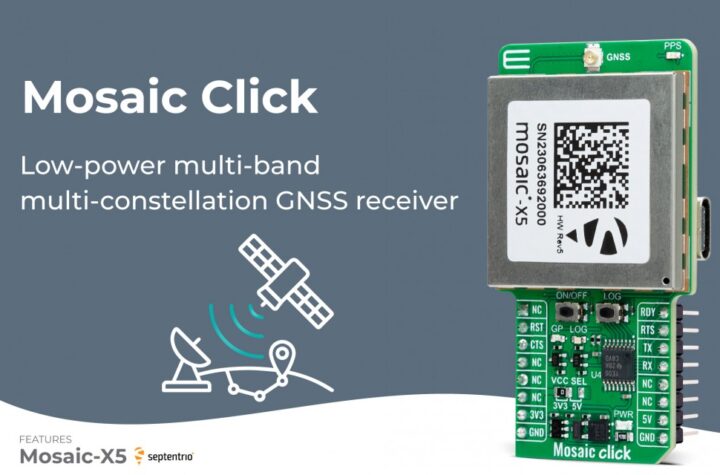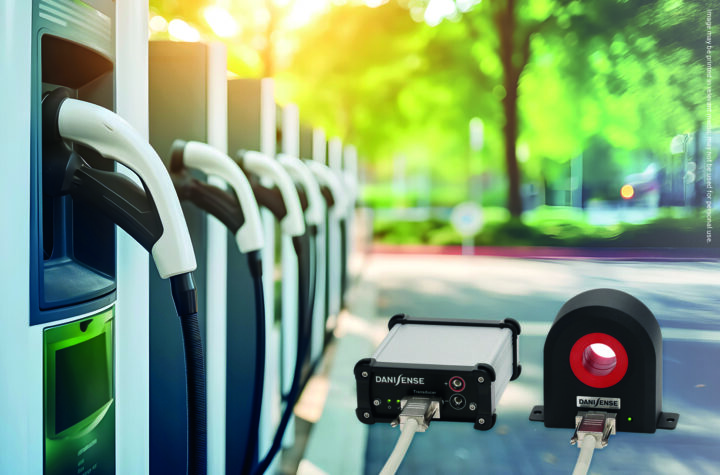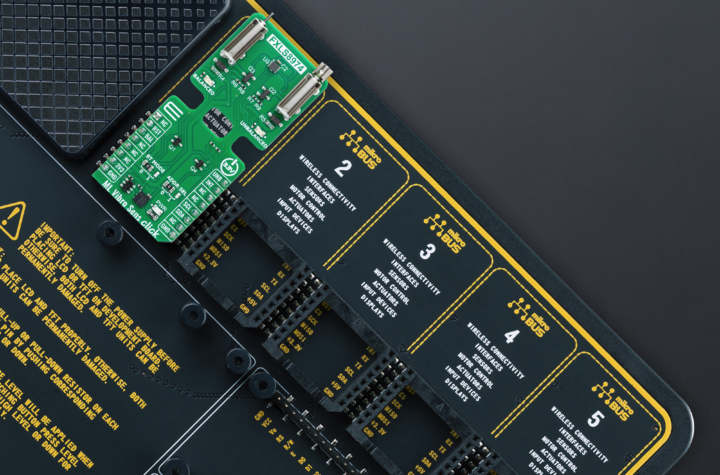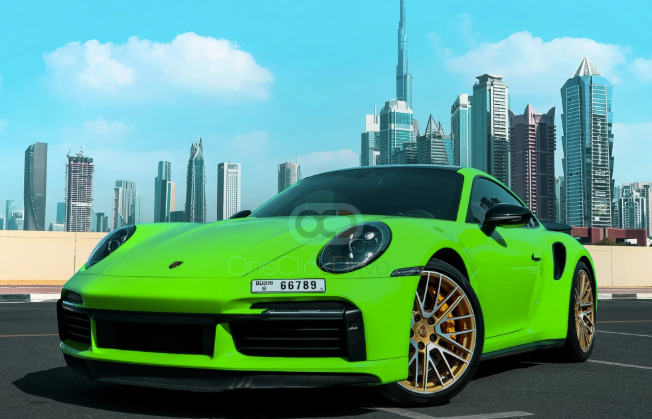
Can the Koreans Crack Europe?
Hyundai and Kia watch market share rise as they break ground for a new European assembly plant.
Though sales are growing, many Europeans still perceive Hyundais, like this Accent, to be cheap on price and quality, something that Hyundai is determined to fix.
What is the fastest growing car brand in Europe? Humble Kia took the honors in 2003 with growth of 48.4 percent to 107,631 sales. So far this year, it’s Daewoo, up 41 percent to 46,784 sales with Kia seeing a 15 percent increase to 42,517 and Hyundai a 17 percent rise to 103,434.
 |
| Though sales are growing, many Europeans still perceive Hyundais, like this Accent, to be cheap on price and quality, something that Hyundai is determined to fix. |
“We will make 3.4 million cars this year and our ambition is 6 million by 2010,” saysWerner Frey, vice president Hyundai Motor Europe. “To do that we need to produce in Europe the cars we sell in Europe.” Enter the new Kia factory in Zilina, Slovakia. There was some surprise when it was announced at the Geneva auto show in March that it would be a factory for the junior partner Kia and not for the better-established and bigger selling Hyundai. Original plans were for 200,000 new Bsegment Kias a year. But that plan is already being reviewed, barely a month since the groundbreaking ceremony.
“Internally, we are discussing 300,000 units a year by building both Kia and Hyundai models in Slovakia,” says Frey.
When Hyundai took over Kia in 1999, the two brands had 29 platforms between them. “We are reducing that to just seven,” said Frey. While they share platforms, engines and componentry, they won’t be sharing dealers. Both companies admit that they must strengthen their dealer networks as part of a brand-building process. While product quality for both brands is recognized within the industry as good (how many other automakers offer a 10-year warranty?) the perception by the buying public, in Europe at least, is of cheapness in every respect, not just the sticker price. “We need to have dealers who are more professional, more active and who can sell more cars,” says Frey. “We need to define the franchise standards so we can raise the levels of service to our customers.”
It’s a sentiment echoed by Kia which has announced its “Young, Sporty and Friendly” image as the long-term plan to change what it acknowledges is still a poor brand image. The company is currently working on a brand slogan to get the message across.
As with Hyundai, Kia’s global plan is to unify the look of its dealers, and to take more on in Europe. It currently has 1,150 and an extra 700 will be recruited over the next six years. Thomas Oh, director of Kia’s overseas planning group, says: “We need to expand and improve our sales network in both quality and quantity and renew and re-enforce our model line-up to achieve a premium brand image.” So seven new models will be introduced over the next six years and its Circle of Excellence program, already running in the U.S., will be extended to its U.K. dealers. Speaking at Kia’s global distributors’ meeting in Seoul, Oh said: “We also need to increase customer loyalty through better quality at our dealers and improved aftersales service. To do this we are developing regional strategies to meet market demands.”
European dealers will be expected to invest in upgrades for their premises aimed at unifying the Kia image worldwide. This will include new signage and “totems” or pylons displaying the name sign in a new “Kia Red”.
There will also be conformity in the color of dealer buildings in grey and silver. “At the moment we have no guidelines as to what color the buildings should be and they are different around the world,” says B. H. Lee, director of the overseas marketing group.
Lee added: “Dealers will have to be uniform and modern to strengthen our brand image and differentiate Kia from other car makes.”
European chief Jean Charles Lievens says that most of Kia’s dealers in the region are private entrepreneurs and they will be expected to make the investment over the next few years.
“Until recently Kia could only compete in around 35 percent of the market segments in Europe but we are gradually expanding the model range to allow us to compete in 90 percent of the segments.
“We will also be investing in sponsorships and PR to strengthen our position as the fastest growing brand in Europe and we fully intend to keep growing. Our vehicle designs are becoming more European and the new model to be built at Zilina will be designed specifically for the European market.”
The model range will be strengthened with the unveil of the new Sportage SUV at the Paris Motor Show in September which goes on sale in Europe in 2005.
This article was provided exclusively to Automotive Industries by Interchange, a U.K.-based automotive business agency and consultancy servicing media and corporate clients. Anthony Lewis is a partner in Interchange and can be contacted via e-mail at interchangenews@aol.com.














More Stories
Exploring the Best 2024 Jeep Gladiator Add-ons for Performance and Style
Maximizing Tire Life with the Right Air Pump for Car Tires
Why Car Detailing Is Essential for Your Vehicle’s Longevity